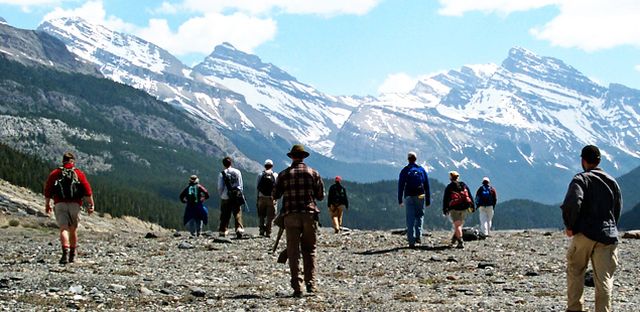
Geology Faculty Publications
Mapping Dry/Wet Snow Cover in the Indian Himalayas using IRS Multispectral Imagery
Document Type
Article
Publication Date
9-2005
Publication Source
Remote Sensing of Environment
Abstract
Application of remote sensing data has been made to differentiate between dry/wet snows in a glacierized basin. The present study has been carried out in the Gangotri glacier, Himalayas, using IRS-LISS-III multispectral data for the period March–November 2000 and the digital elevation model. The methodology involves conversion of satellite sensor data into reflectance values, computation of NDSI, determination of the boundary between dry/wet snows from spectral response data, and threshold slicing of the image data. The areas of dry snow cover and wet snow cover for different dates of satellite overpasses have been computed. The dry snow area has been compared with non-melting area obtained from the temperature lapse rate method, and the two are found to be in close mutual correspondence (< 15%). It is observed that there occur four water-bearing zones in the glacierized basin: dry snow zone, wet snow zone, exposed glacial ice and moraine-covered glacial ice, each of which possesses unique hydrological characteristics and can be distinguished and mapped from satellite sensor data. It is suggested that input of data on the position and extent of specifically wet snow and exposed glacial ice, which can be directly derived from remote sensing, should improve hydrological simulation of such basins.
Inclusive pages
458–469
ISBN/ISSN
0034-4257
Copyright
Copyright © 2005, Elsevier
Publisher
Elsevier
Volume
97
Issue
4
Peer Reviewed
yes
eCommons Citation
Gupta, R. P.; Haritashya, Umesh K.; and Singh, Pratap, "Mapping Dry/Wet Snow Cover in the Indian Himalayas using IRS Multispectral Imagery" (2005). Geology Faculty Publications. 24.
https://ecommons.udayton.edu/geo_fac_pub/24
COinS



Comments
Permission documentation is on file.